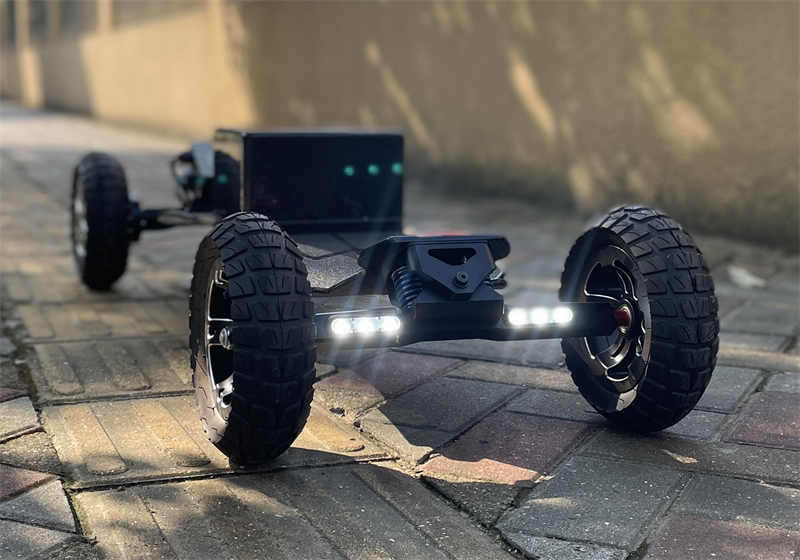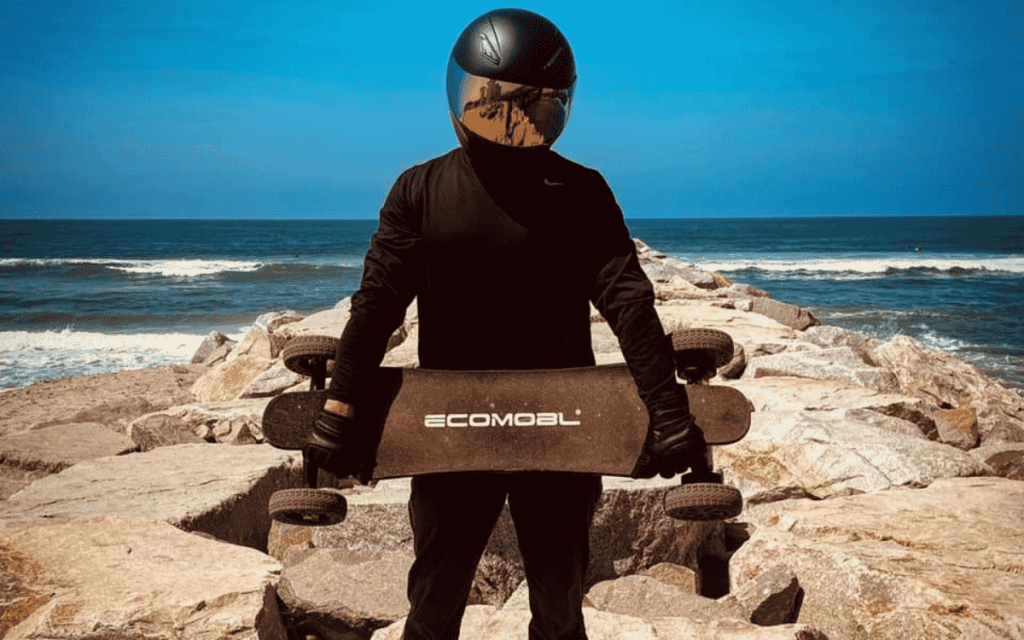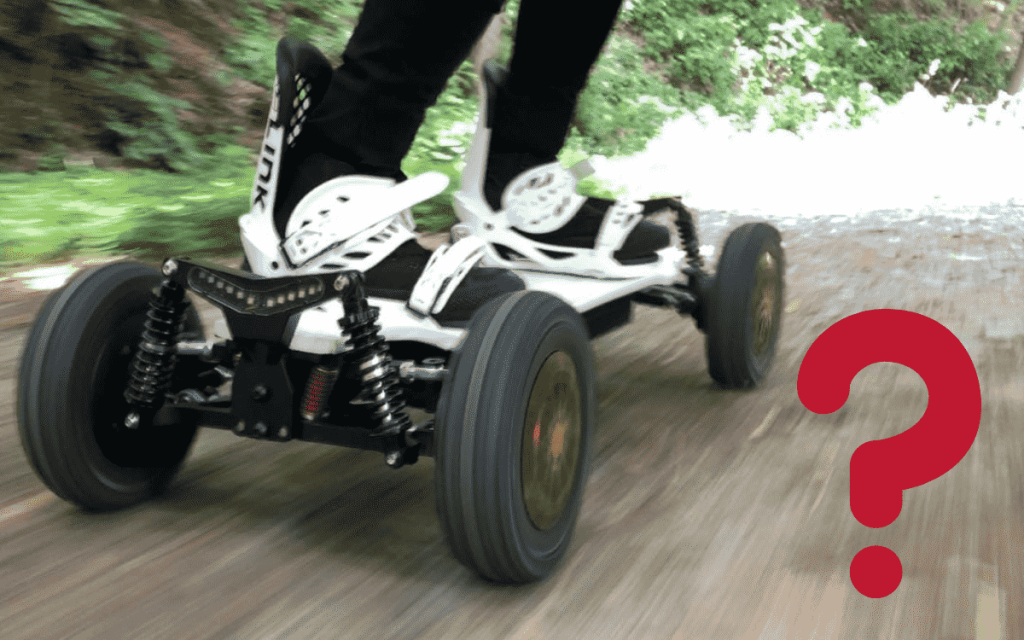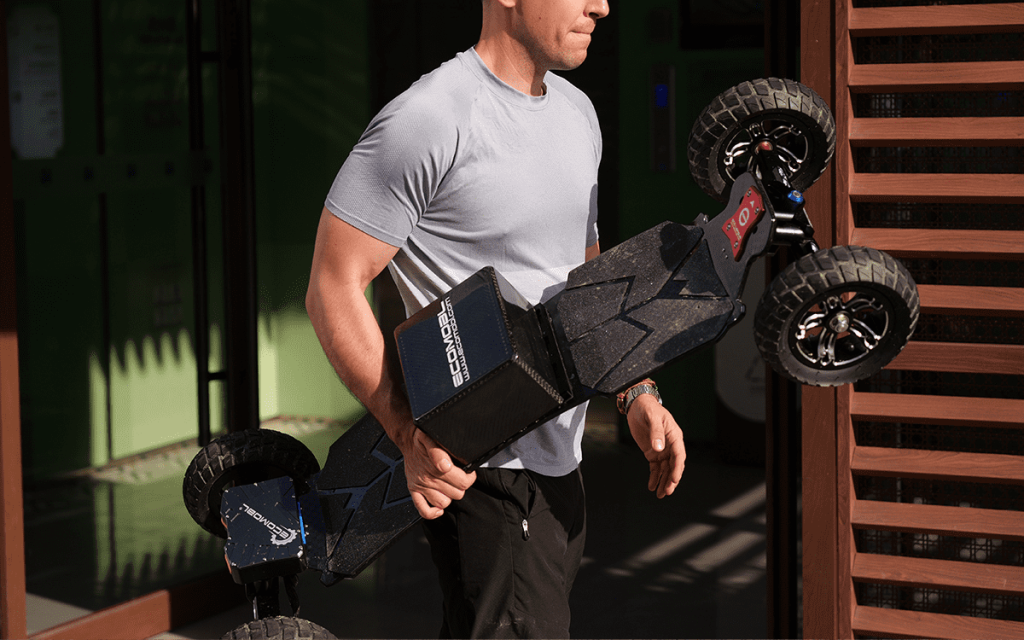Electric skateboards have revolutionized personal transportation, offering the perfect blend of convenience, technology, and thrill. Whether you’re looking for a new way to commute or simply want to add some excitement to your daily rides, electric skateboards make travel efficient and fun.
But if you’re buying your first electric skateboard, the options can feel overwhelming. From motor types and battery ranges to deck flexibility and wheel size, there’s a lot to consider before making the right choice. This comprehensive beginner’s guide will help you understand what truly matters so you can confidently pick the board that fits your lifestyle and skill level.
1. Define Your Purpose: Commuting vs. Recreation
Before diving into technical specifications, ask yourself a simple question: what do I need my electric skateboard for?
Commuting
If your main goal is to get to work, school, or the gym, prioritize range, durability, and reliability. A good commuter board should handle longer rides, uneven city roads, and occasional rain. Look for:
-
A range of 15–25 miles per charge
-
Water-resistant design (IP54 or above)
-
Comfortable deck for smoother rides on asphalt or pavement
Recreation
If you’re after fun weekend rides or casual cruising, focus more on speed, maneuverability, and design. Recreational boards are often lighter and more responsive, offering a lively riding experience on smooth surfaces. Choose one that provides a balance of agility and control to enhance your riding enjoyment.
2. Range and Battery Life: How Far Can You Go?

The range of an electric skateboard determines how far you can travel on a single charge, and this depends on your weight, riding style, and terrain. A higher-capacity battery allows longer rides but can also make the board heavier.
-
Short-range (up to 10 miles) – Perfect for casual cruising or short city trips.
-
Mid-range (10–20 miles) – Ideal for moderate commutes or extended recreational use.
-
Long-range (20+ miles) – Best for commuters and adventurers who ride long distances daily.
💡 Pro Tip: Check whether the board uses removable batteries. Some brands allow you to swap batteries easily, effectively extending your range without waiting for a recharge.
3. Speed and Motor Power: Balancing Fun and Safety
Most beginner-friendly electric skateboards reach speeds between 15 and 20 mph, fast enough for excitement, yet manageable for new riders. High-performance models can go beyond 30 mph, but that’s better suited for experienced users.
Motor Types
-
Hub Motors: Built into the wheels, these are quiet, low-maintenance, and ideal for smooth surfaces.
-
Belt-driven Motors: Offer more torque and better hill-climbing power, great for riders living in hilly areas.
- Gear Drive Motors (Ecomobl Exclusive): Ecomobl’s advanced gear drive system offers superior torque, smoother power delivery, and enhanced durability. It performs exceptionally well on rough terrain and steep inclines while reducing maintenance compared to traditional belt systems.
If you’re a beginner, start with hub motor boards for a smoother learning curve. Once you gain confidence, you can explore belt-driven models for enhanced performance.
4. Deck Material and Flexibility: Comfort Meets Control

The deck defines how your skateboard feels beneath your feet. It affects balance, flexibility, and how well vibrations are absorbed from the road.
-
Maple or Bamboo Decks: Flexible, shock-absorbing, and ideal for beginners who need comfort and control.
-
Carbon Fiber or Composite Decks: Lightweight, rigid, and durable, great for speed and precision, but less forgiving on bumpy surfaces.
If you’re just starting, go for a bamboo or hybrid deck that balances flexibility and stability. A bit of “bounce” makes learning smoother and easier on your legs.
5. Wheel Size and Type: Ride Quality Matters

Your wheels determine how your skateboard performs on different terrains.
-
Standard Street Wheels (80–100mm): Best for smooth roads, offering stability and precise control.
-
All-Terrain Wheels (110–150mm+): Perfect for gravel paths, grass, or uneven city roads. They provide better shock absorption and off-road comfort.
If you plan to ride both in the city and on trails, consider a convertible board that supports wheel swaps, giving you the freedom to switch between smooth cruising and off-road adventures.
6. Braking System: Safety First
Safety is non-negotiable when it comes to electric skateboards. Most boards feature regenerative braking, which not only slows you down but also recycles energy back into the battery.
Some advanced boards allow you to customize braking intensity through the remote control, a useful feature for beginners who may prefer smoother, more gradual stops. Always practice braking in a safe, open area before hitting crowded streets.
7. Weight and Portability: Can You Carry It Easily?

If you’ll be carrying your board through offices, upstairs, or on public transport, weight matters.
-
Lightweight boards (10–15 lbs): Easier to carry and store, but usually have smaller batteries and less power.
-
Mid-weight boards (15–20 lbs): Offer a good mix of portability and performance.
-
Heavy boards (20+ lbs): Deliver superior power and range, but can be tiring to carry around.
Think about your daily routine; if you’ll often carry it, opt for a lightweight commuter model. Otherwise, a heavier, long-range board could be worth the trade-off.
8. Price and Budget: Finding the Right Value
Electric skateboards vary widely in cost. As a beginner, it’s best to balance price, performance, and reliability instead of chasing premium features right away.
-
Entry-Level ($300–$600): Great for first-timers. Expect a decent range (10–12 miles) and basic motor performance.
-
Mid-Range ($600–$1,500): The sweet spot for most riders, combining better speed, range, and comfort.
-
Premium ($1,500+): High-end performance, advanced suspension systems, and powerful dual or 4WD motors for serious riders.
Before buying, check the warranty and spare parts availability. Some cheaper models may lack reliable customer support.
9. Brand Reputation and Customer Support
Choosing a trusted brand can make a huge difference in your overall experience. Look for brands known for build quality, safety, and responsive customer service.
Well-established electric skateboard brands often provide firmware updates, replacement parts, and community support, which are invaluable for beginners. Always check online reviews and forums to learn from other riders’ experiences before making a purchase.
10. Safety Gear: Never Ride Without It
Even the most advanced riders wear safety gear, and for beginners, it’s a must. Equip yourself with:
-
A certified helmet (CPSC or ASTM-rated)
-
Knee and elbow pads
-
Wrist guards to prevent fractures during falls
Optional gear like padded jackets and reflective clothing can enhance both safety and visibility, especially if you ride at night.
11. Additional Tips for First-Time Riders
-
Start slow: Use beginner or eco mode until you master acceleration and braking.
-
Practice balance: Spend time standing on the board while stationary to understand its flexibility and center of gravity.
-
Learn on flat terrain: Avoid steep hills until you’re comfortable controlling the throttle and brakes.
-
Regular maintenance: Keep your board clean, check the wheels and belts (if applicable), and store it in a dry place to extend its lifespan.
Final Thoughts
Selecting your first electric skateboard is more than just a purchase; it’s the start of an exciting new journey. The key is to understand your needs: are you riding for fun, commuting, or adventure? Once that’s clear, focus on range, motor type, deck flexibility, and wheel size to match your riding style.
Remember, safety gear and a reliable brand are just as important as speed and power. With the right balance of features and budget, you’ll find an electric skateboard that delivers not just performance, but confidence and pure enjoyment on every ride.




